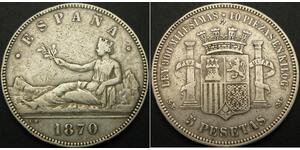(售价 $96.0)
1834, Ottoman Empire, Mahmud II. Beautiful Gold ½ Cedid Mahmudiye Coin.
Constantinople the divinely protected and guarded (city).
Edge: Reeded
Reference: KM-644.
Mint Year: 1834 (AH1223+28)
Denomination: ½ Cedid Mahmudiye
Mint Place: Constantinople (Qustantiniya)
Condition: Light marginal deposits, otherwise XF!
Material: Pure Gold!
Diameter: 16.1mm
Weight: 0.67gm
Obverse: Tughra (State Seal) of Mahmud II inside decorative wreath. Four flower branches and "adli" sign around.
Reverse: Regnal year (28) above mint (Constantinople) with "Al-Mahrusa" epithet added. Four flower branches around.
Comment: The "Al-Mahrusa" epithet translates as "the divinely protected and guarded".
For your consideration a charming small gold ½ cedid mahmudiye coin, from the "new adli" series gold coinage of the ottoman sultan Mahmud II. This coin distinguishes itself with the "adli" sign beneath the sutan´s tughra and the decorative kufic-filled ovals and rose branches. Additional to that the "Al-Mahrusa" epithet, which was attached to the mint name, transalting as Constantinople the divinely protected and guarded (city).
Mahmud II (Ottoman Turkish: ????? ???? Mahmud-i sani) (20 July 1785 – 1 July 1839) was the 30th Sultan of the Ottoman Empire from 1808 until his death in 1839. He was born at Topkapi Palace, Istanbul, the son of Sultan Abdul Hamid I. His reign is notable mostly for the extensive legal and military reforms he instituted. His mother was Valide Sultan (1808) Naksh-i-Dil Haseki Sultan or Nakshidil Haseki Sultan, tr:Naksidil Sultan . He is the ancestor of all succeeding Sultans.
His most notable achievement was the abolition of the Janissary corps in 1826 and the establishment of a modern Ottoman Army, named the Nizam-i Cedid (meaning New Order in Ottoman Turkish).
Following the loss of the Ottoman Vilayet of Greece after the Battle of Navarino against the combined British-French-Russian fleets in 1827, Mahmud II gave top priority to rebuilding a strong Ottoman naval force. The first steam ships of the Ottoman Navy were acquired in 1828. In 1829 the 62x17x7 m ship-of-the-line Mahmudiye, the world's largest warship for many years, which was armed with 128 cannons on 3 decks, was built by the Imperial Naval Arsenal on the Golden Horn in Istanbul.
5 Peseta 西班牙第一共和國 (1873 - 1874) 銀
本组有 38 钱币 / 33 售价
⇑

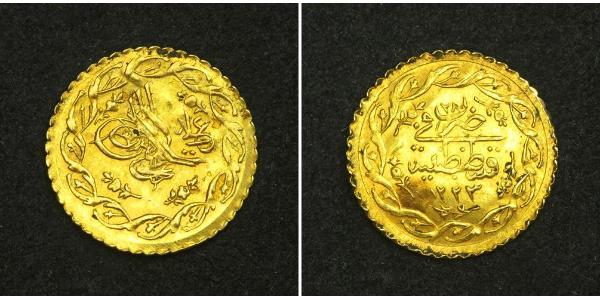







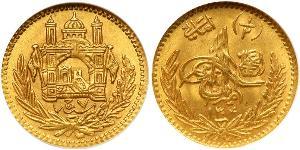
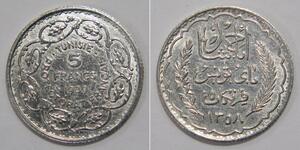





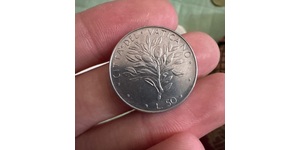
-300-150-DTwKX9ISLbYAAAFanYlMgKms.jpg)
